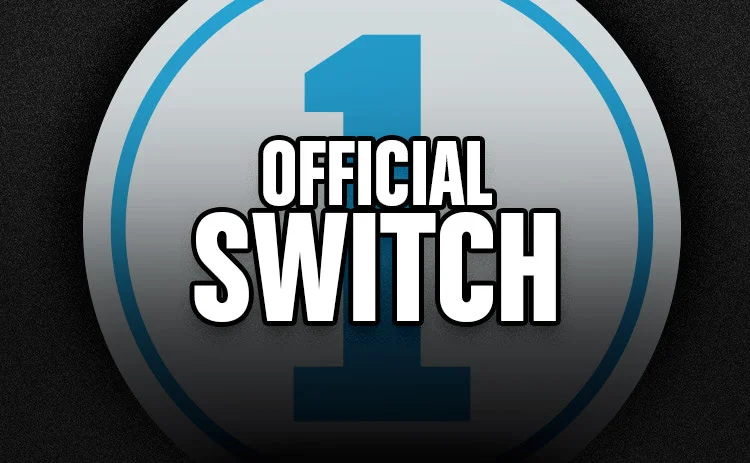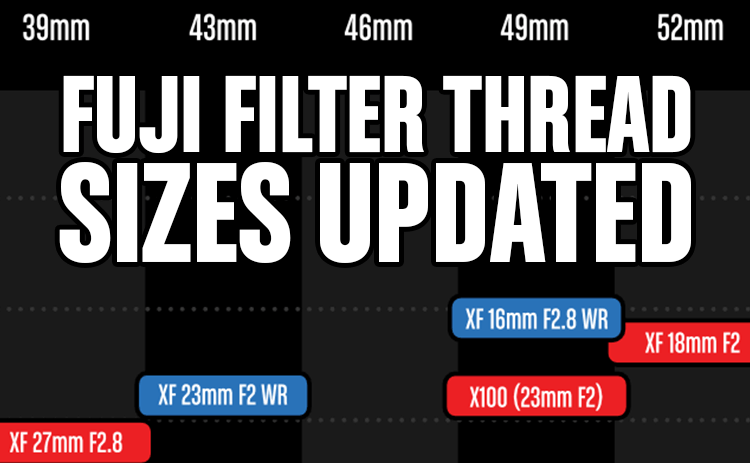Today marked the release of Lightroom 5.4 which delivers the long awaited Fujifilm X-T1 support, and Film Simulation Modes for RAFs via the Camera Calibration panel. Awesome stuff. I plan to throughly analyze their profiles and compare them with their in-camera counterparts as soon as possible.
Today also marked Adobe’s announcement (or confirmation) that Lightroom will be available on the iPad for Creative Cloud subscribers only. This comes as little surprise, and yet I can’t help wondering what the hell they are thinking. It seems to me they are leaving money and users on the table by choosing (or sticking with) a pricing model they hope will encourage Creative Cloud subscriptions.
At the end of 2013, Adobe announced 1.4 million subscribers to Creative Cloud. That’s 1.4 million + people who will get Lightroom for iPad “for free.” Maybe Lightroom on iPad will keep some of those subscribers loyal, maybe some people will begrudgingly subscribe in order to get it. I won’t, and I think they’ve passed up an app pricing structure that would make them more money, make their customers happier, and be more future-proof. I’ve been pondering this morning about what that might be. One idea involves the dreaded in-app purchase (IAP).
“This app offers in-app purchases”
It’s not uncommon for top-tier apps on iPad to sell for $19.99. Twenty bucks is a fair price for an app like Lightroom, but that could be cut down to $15, $10, or even $0 because camera and lens profiles would cost anywhere from $1 - $5 each.
Done.
Things could be kept simple ($5/camera, $1/lens), but there’s tremendous flexibility in this pricing structure too. “Consumer” gear could be less expensive, “Pro” gear more expensive. Exotics or lenses with complex distortion correction profiles could also command a premium.
How many Creative Cloud subscriptions does Adobe realistically hope to gain making Lightroom for iPad subscription-only? Compare that number with how many photographers would happily shell out for Lightroom as a standalone application while being able to purchase camera and lens profiles as they see fit? I’d have happily paid Adobe $5 for the Film Simulation Modes they released for Fujifilm cameras today. Don’t want or need ’em? Then you’ve got the built-in Adobe profile already. The nice thing about Fujifilm is those same profiles would work across every camera that shares the X-Trans sensor, but let’s get back to Adobe for this post.
This model gives customers the freedom to purchase what they want, and more importantly what they actually need, something Creative Cloud fails at miserably. It’s also self-sustaining since we photographers can be a fickle bunch, generally speaking, many of us collect lenses, and we love our upgrades. Maybe Adobe would only ever get $7 less Apple’s cut from some photographers, but 70% of $7 is better than 100% of nothing.
I’d upgrade to a 128GB iPad just to have this imaginary version of Lightroom with me when I go on vacation. It would be an immediate backup of my photos to the iPad I’d have with me anyway, and I could start the selecting, rejecting, and editing process while still on vacation or on the flight home. I could see a lot of photographers doing the same for jobs.
What about Lightroom for the desktop?
Maybe it’s time the desktop version moves to a pricing structure like this one too with a reduced core applicaiton price. I’m personally not a fan having 100’s of MB of profiles I don’t need on my computer, and if DxO can implement a decent profile download system, Adobe sure can. We’d just have to hope they wouldn’t build it in Flash.
Of course the pay once and get everything model we’ve enjoyed to date with the desktop version of Lightroom would be ideal, but I’m trying to see this somewhat from Adobe’s side, and acknowledge that additional and recurring revenue might be a necessity.
The future of photography?
Perhaps most importantly of all, it protects Adobe from a potentially huge threat from Apple. Not strictly from Aperture, but from the iPhone. With any luck, Aperture for iPad is on its way. Maybe it will be announced alongside the iPhone 6 which presumably will feature an even better built-in camera. Now consider the iPhone 6 (or even a simple iOS update) allows owners to capture and manipulate RAW data with immediate support for it via the newly released Aperture. Given Apple’s track record these days, Aperture would be free. Now you’ve got the most popular camera on the planet’s RAW files editable via Apple’s competitively-priced one-time fee (or free) iPad app, and Adobe’s subscription-only app, once they get around to supporting the iPhone’s RAW files. Or, Adobe could just sell the iPhone profile for $2 to a ton of “iPhoneographers” who want to keep using Lightroom on the desktop.
Apple isn’t known to add complexity the way adding RAW support certainly would. However, they are heavily focused on the photography market in general, and it seems there should be a very easy way to make RAW data available to users who want it via Aperture for iOS and the Mac, while keeping those who aren’t interested blissfully unaware. If photography continues to be an area Apple hopes to dominate, RAW support of some kind ought to be in their future. Just imagine all those VSCO presets being applied to sensor data rather than JPEGs.
Conclusion
I can’t be totally sure the pricing structure I outlined above would work, or if it would ultimately even be profitable after the content delivery system is in place. It’s really just musing with some griping for good measure. What I do know is Adobe’s actions are getting frustrating, and are starting to reek of hubris. I’m curious what it would take for them to wake up. Extraordinary apps like Pixelmator are already putting a dent in the once invincible Photoshop. If I wasn’t so deeply entrenched in the industry I am (advertising, marketing, etc.), I’d have dumped Photoshop for Pixelmator already.
Adobe’s apps have become uncontrollably bloated and hopelessly inconsistent. Lightroom was widely regarded as they only app they were still “getting right.” I think that sentiment will change with photographers to some degree today, and that’s a shame.











